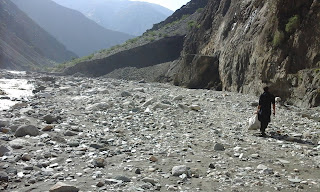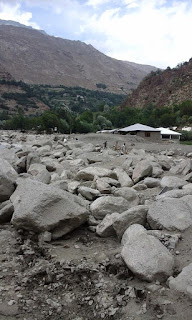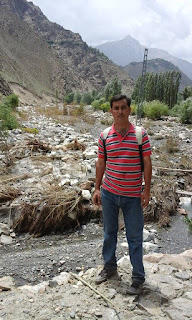The accountancy profession is still an attractive proposition as a career for young people in the UK, according to the Financial Reporting Council.
The latest
annual key facts and trends in the profession report shows that total membership of the seven UK and Irish accountancy bodies continues to grow steadily. Over the past five years, it has increased by 2.7% in the UK to 327,000 and by 3.5% worldwide to 465,000.
Over the same period, the number of students training for UK qualifications increased by 3.4% overall (529,000), largely driven by the numbers of overseas students. In the last 12 months alone, numbers worldwide have gone up by 4.5% compared to the level in the UK which has remained broadly static (up 1.6%).
“It is clear from the report,” said Paul George, the FRC’s executive director conduct, “that the profession remains attractive with the number of students and new members indicating there is a good flow of bright, young accountants coming into the profession.”
ICAEW remains the largest body in terms of members based in the UK and Ireland. At 31 December 2013, it had 120,513 members, compared to its next largest rival, the ACCA, with 80, 442. However, when the number of members based outside the UK is added to the totals, the ACCA is by far the largest body, with 165,625 members compared to ICAEW’s 142,334.
It is also the richest institute with an income in 2013 of £160m (v ICAEW’s £88m) and has the largest number of students (85,259).
CIMA is the next largest body with 95,925 members (55,295 students), followed by CAI with 22,828 and ICAS with 20,109. CIPFA, whose numbers are in decline and which has the oldest age profile of members, has 13,328 members and the Association of International Accountants 8,545.
Although ICAEW has seen students numbers increase over the past five years by 9.5%, female representation remains woefully low.
The percentage of women ICAEW members worldwide is 26%, the lowest of all the seven bodies. This compares with an average of 35% for all seven bodies.
The ACCA is way out ahead with 45% women members, followed by the CAI which has 39%.
Julia Irvine













.jpg)